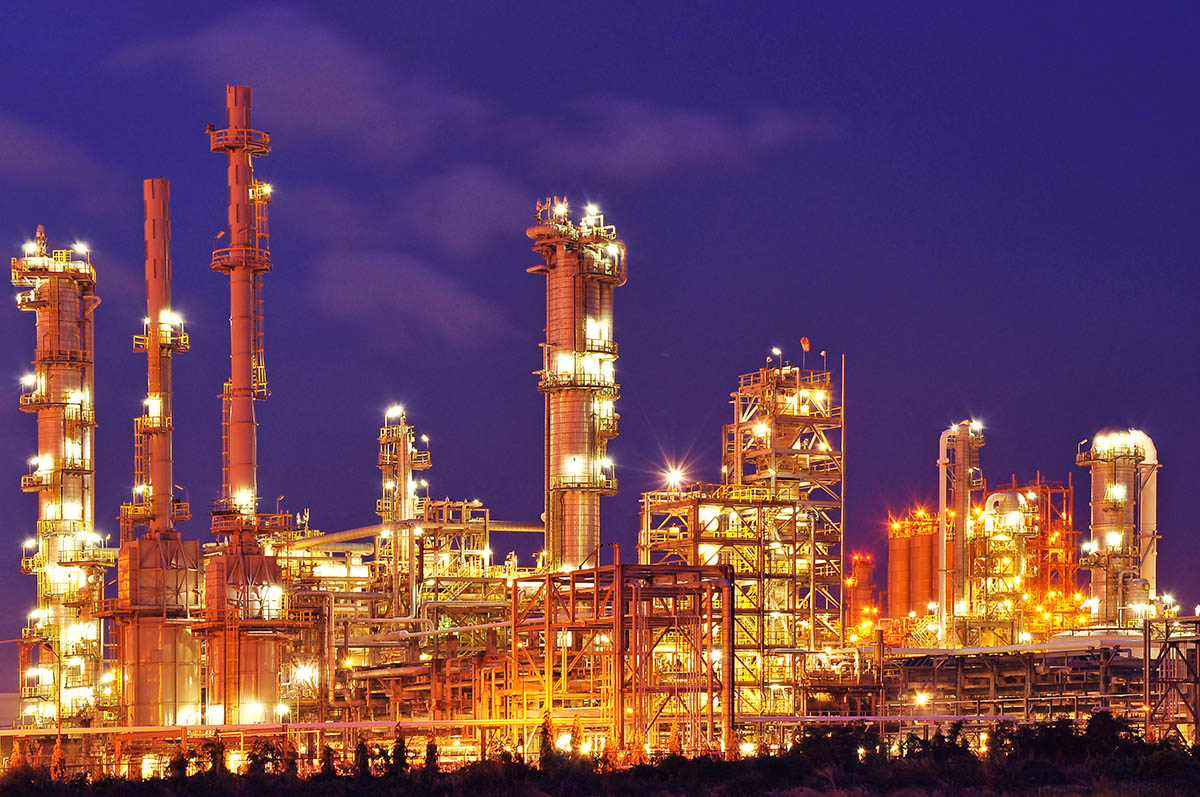How Upstream Asset Management is Key for Delivering Continued Reliable Operations
While upstream and downstream industries are similar in that they are both petroleum-based and share common elements, there are also important distinctions between them. Upstream E&P is often referred to as a mining business, while downstream is referred to as a manufacturing business. However, both industries are commodity, margin-based businesses that share an important set of learnings and principles. This common ground presents an opportunity for lessons learned by the downstream sector to be applied to the upstream sector to enable a sustainable level of high asset performance.
Downstream Approach to Asset Management Can Help to Ensure Oil, Gas Production Success
After a field’s oil drilling is complete, an E&P operator focuses on producing, or harvesting, the field’s hydrocarbon resources, typically over a 30- to 50-year period. During the production phase, an operator’s efficiency is critical to effectively manage the field’s oil output in a safe, environmentally responsible manner, and to maximize economic benefit. At this stage, there is much to learn from the downstream approach to asset management that can be applied.
In general, upstream E&P has trailed behind the refining industry in terms of operations, technologies, and learnings in areas such as turnarounds, condition-based monitoring, and integrity management. While some downstream tools and metrics cannot be directly applied to upstream due to the basic differences in each business’ nature, there are many lessons from the downstream sector that are directly transferrable to the upstream sector:
- The First Lesson: Reliability and Cost Are Generally Independent of Facility Age
Solomon Associates (Solomon) has found that if an operator is focused on retaining integrity and reliability in its mature assets, then these assets should remain competitive in the market, regardless of their age and complexity.
- The Second Lesson: Reliability Focus Leads to Improvement in Operations
When operators focus on reliability, factors such as labor, energy efficiency, and overall health, safety, and environment (HSE) and process safety management performance generally improve. Obtaining or restoring a high level of reliability is not an overnight journey, however. A steady commitment over a long period of time is necessary.
- The Third Lesson: Operators Who Are Effective at Delivering Planned Maintenance Are Likely the Most Efficient in Availability and Reliability
Operators who are the most effective in delivering planned maintenance activities tend to be the most efficient in terms of availability and reliability. Solomon finds that the operators who get it right have the least amount of planned and unplanned downtime without impacting high production efficiency performance.
- The Fourth Lesson: Operational Excellence, Not Technology, Is Responsible for Most Improvement Gains
While technological advances have enabled incremental gains in efficiency over time, Solomon finds that most improvement gains come through operational excellence and practicing the business fundamentals found in lessons learned. For example, digital technologies can allow an operator to more quickly spot a performance deviation and intervene at an early stage. Tapping into the opportunity gaps, however, requires more than the latest technology.
Focus Needed on Reliability and Eliminating Defects
Through Solomon’s analysis of empirical data, it is evident that the key to optimal performance in upstream operations has a proven parallel in downstream operations: a focus on reliability and the elimination of defects. This focus enables upstream and downstream operations to achieve the lowest sustainable cost and the highest level of sustainable revenue profit in an environmentally responsible way.
Figure 1 shows a progression from higher cost, poor reliability performance, measured by Relative Maintenance Cost Efficiency, to lower relative costs, high reliability performance, measured by percent of Operational Availability (OA). The World’s Best performers achieve the transition to 97% OA and lower Maintenance Cost Efficiency Index™ (MEI™) by developing best practices first. Once best practices have become part of the normal business, reliability improvements tend to lead to cost reductions (shown in upper-left section in Figure 1). The opposite is not true, however. For example, cutting maintenance costs will not deliver high reliability.

Figure 1. Sustainable Performance Improvement
These conclusions are very similar to those made by Solomon in over 3 decades of following the performance of downstream assets. The downstream sector has already had a focus on production and cost-efficient operations and is not distracted to the degree that the upstream sector is by market cycles. We believe these general learnings to be directly applicable to the upstream, where strategic imperatives are often compromised. Finally, downstream operators are aware they exist in a competitive, value-added margin business, and know that only cost-efficient operators survive. E&P operators must also adopt this approach to survive today’s constantly evolving and challenging landscape.
Ask us how we can help you understand your strengths and opportunity gaps in relation to your upstream competitors. Contact us today to learn more.

.jpg)



.jpg)
.jpg)




.jpg)
.jpg)
.jpg)
.jpg)
.jpg)
.jpg)
.jpg)
.jpg)
.jpg)